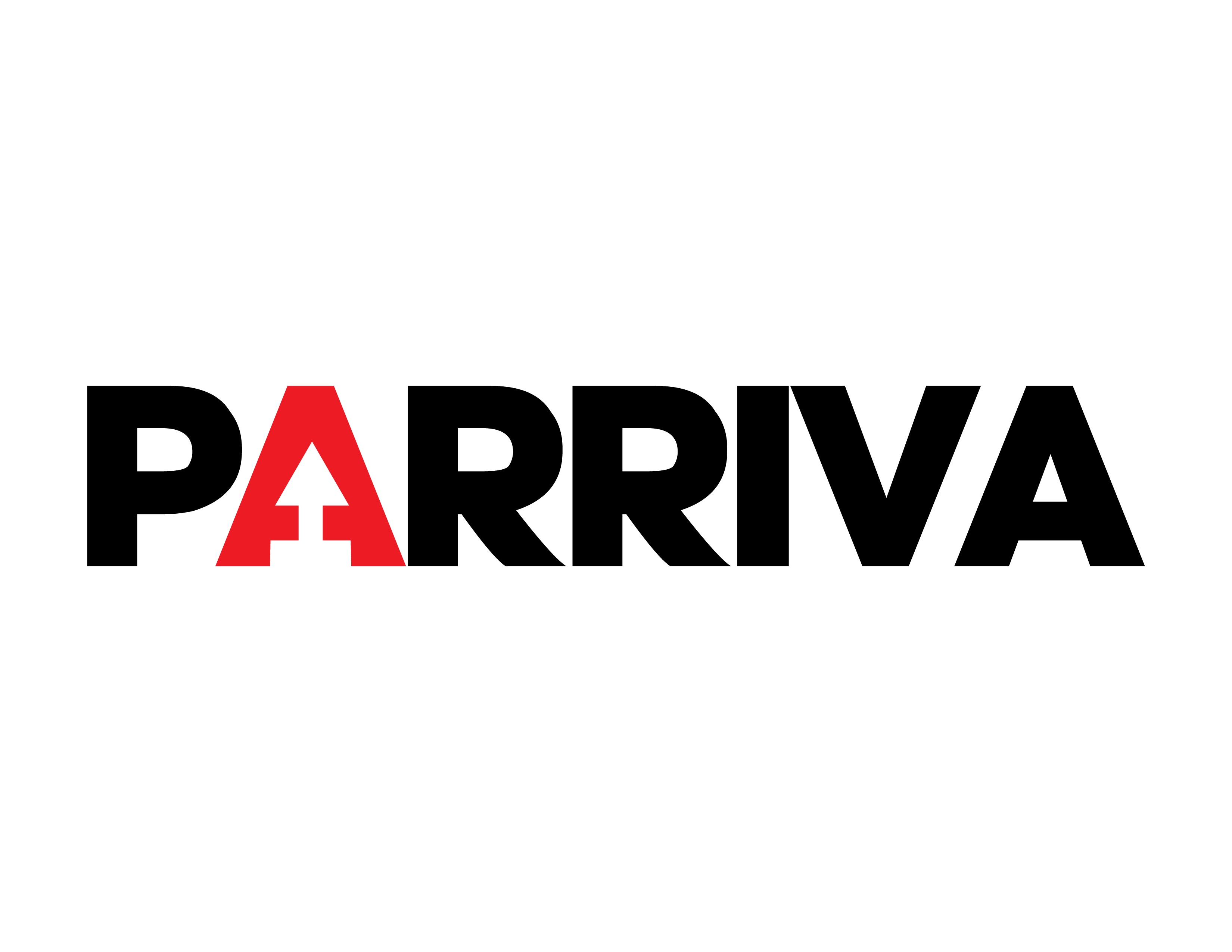A person located on the border between Tijuana and San Diego tells me this.
“Well, I don’t know what all the fuss is about the cars. It doesn’t affect us. There are several people dedicated to smuggling cars from the US to Mexico, and they haven’t had any problems crossing, nor have they had any problems with the cars they bring daily from the ‘other side.'” says this person, who, for obvious reasons, doesn’t give their name or location.
For each car, a few hundred dollars can be earned, which fills the high demand in Mexico for the so-called “chocolate cars,” vehicles that meet the requirements to be regularized in Mexico.
Since the program’s inception in January 2022, Mexico’s “chocolate car” regularization program has processed over 2.5 million vehicles, mostly imported from the United States, generating approximately US$6.4 billion in revenue.
The “chocolate car” regularization program, officially known as the “decree on the regularization of foreign used vehicles,” aims to legalize vehicles that were illegally imported into Mexico, particularly those from the United States.
The program has had a significant impact on the Mexican automotive market, with some reports indicating a decline in new vehicle sales due to the increased availability of legally imported used vehicles.
The fees collected from the regularization process are allocated to public works projects, particularly road improvements.
States like Baja California, Tamaulipas, and Chihuahua have seen a high number of vehicles regularized through the program.

